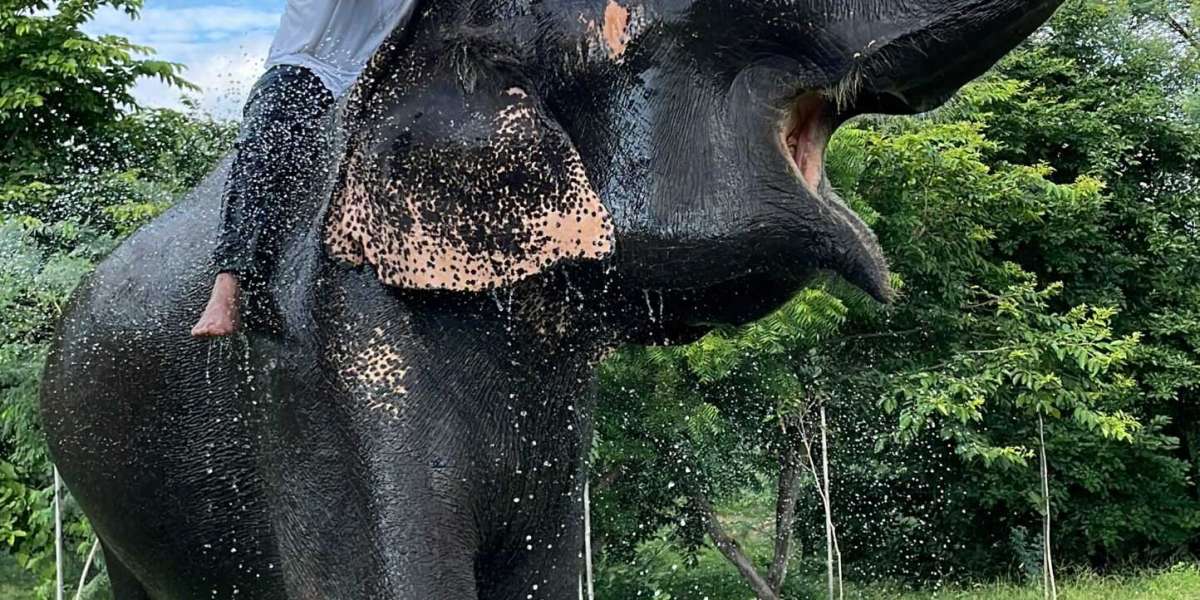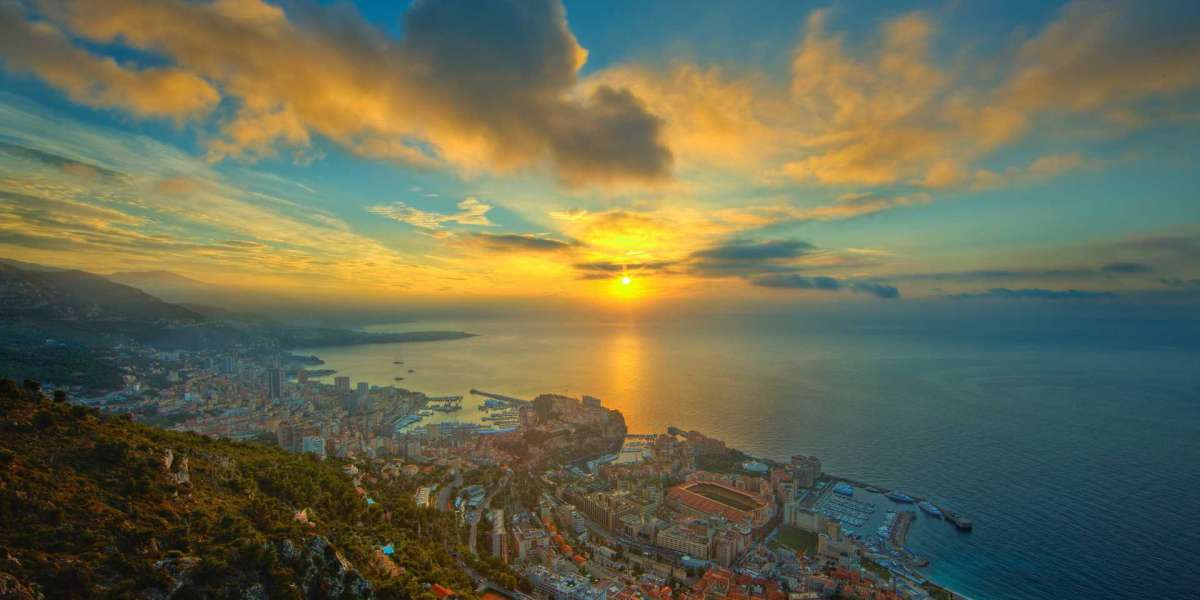The wilderness has always held a special allure for human beings. The untouched beauty of nature, the rhythm of life and death, and the captivating diversity of wildlife have fascinated and inspired us for centuries. For those with a passion for photography, capturing the essence of wildlife in its natural habitat is both a challenging endeavor and a deeply rewarding experience. In this blog, we will delve into the world of wildlife photography, exploring the techniques, equipment, and ethical considerations that come into play when venturing into the wild.
The Art of Wildlife Photography
Wildlife photography is a unique form of art that requires patience, dedication, and a deep appreciation for the natural world. Unlike studio or portrait photography, where subjects can be directed and posed, wildlife photographers must work within the unpredictable confines of nature. Here are some essential aspects to consider when embarking on a wildlife photography journey:
Study Your Subjects: Knowledge about the animals you want to photograph is crucial. Understanding their behavior, habitat, and habits will increase your chances of capturing compelling images. Books, documentaries, and scientific resources can provide valuable insights.
Patience is Key: Wildlife photography often involves long hours of waiting and observing. Be prepared to invest time in your craft. Sometimes, the most incredible moments happen when you least expect them.
Choose the Right Equipment: Selecting the appropriate camera and lenses is vital. Telephoto lenses are essential for capturing distant or skittish animals, while a sturdy tripod will help maintain stability during long waits.
Respect the Environment: Always prioritize the welfare of the animals and their habitats. Do not disrupt or stress wildlife for the sake of a photograph. Maintain a safe and respectful distance, and avoid invasive actions.
Understand Lighting: Lighting plays a critical role in photography. Early mornings and late afternoons often offer the best natural light for capturing stunning images. Be aware of your surroundings and adapt to changing light conditions.
Composition and Framing: Apply the principles of photography composition to your wildlife shots. Pay attention to elements like leading lines, the rule of thirds, and framing to create visually appealing images.
Practice Ethical Editing: In the age of digital photography, post-processing is common. However, ethical wildlife photographers must exercise restraint when editing. Avoid altering the natural characteristics of the animals or their surroundings.
Challenges of Wildlife Photography
Wildlife photography comes with its fair share of challenges, and it's essential to be prepared for them:
Weather: Nature is unpredictable, and weather conditions can change rapidly. Be ready for rain, snow, or extreme heat, and ensure your equipment is weather-sealed.
Physical Endurance: Wildlife photography often requires strenuous hiking or long hours spent in uncomfortable conditions. Physical fitness is an asset.
Wildlife Behavior: Animals do not follow scripts, and capturing a specific moment can be elusive. Understanding animal behavior and anticipating their movements can be a test of patience.
Environmental Impact: Ethical concerns are paramount. Always prioritize the welfare of the animals and ecosystems you are documenting.
Ethical Considerations
Wildlife photographers bear a significant responsibility to protect the subjects they capture. Here are some ethical guidelines to follow:
Non-interference: Do not disrupt or disturb wildlife for the sake of a photograph. Maintain a safe distance, and never bait or harass animals.
Habitat Preservation: Respect the environment. Stay on designated paths and avoid trampling delicate ecosystems. Never remove or disturb plants, nests, or other natural features.
Educate and Inspire: Use your photographs to educate and inspire conservation efforts. Share your knowledge and passion to raise awareness about the importance of protecting wildlife and their habitats.
Be Transparent: Be honest about how you captured your images. Misrepresenting your work or using unethical practices erodes trust within the photography community and among viewers.
See more
Elephant sanctuary, Ethical tourism,








